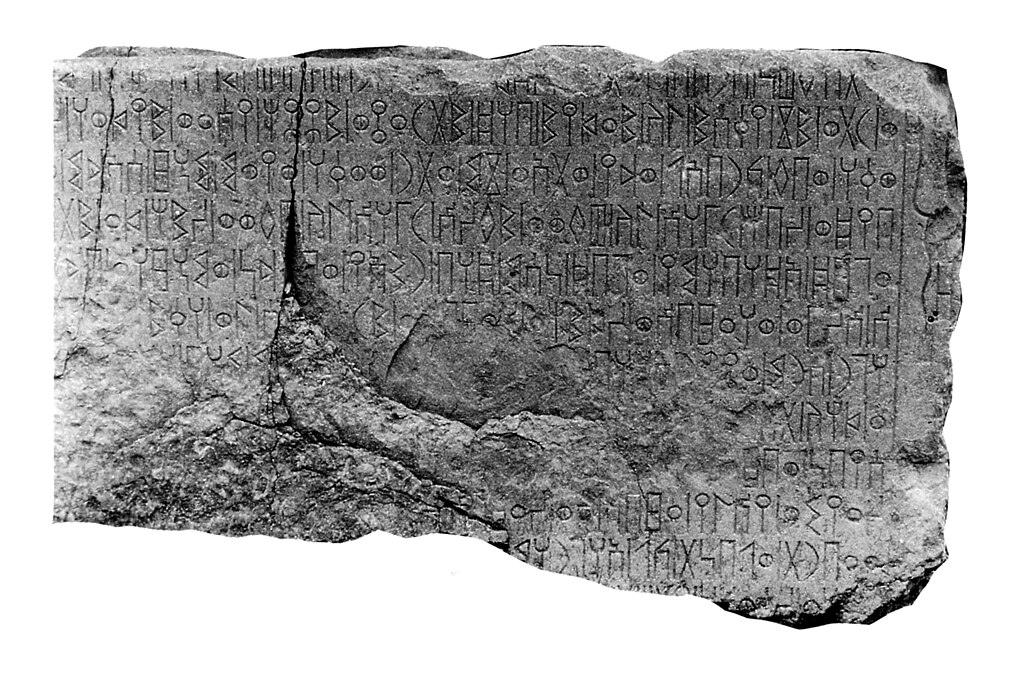This week's episode will focus on the collapse of the confederation of Saba, the rise of the Kingdom of Saba in its place. For the purposes of African history, this history is incredibly important because it would give rise to Ethiopia's first independent and powerful state, the confederacy of D'mt.
 |
| The Name D'mt comes from the Sabaic word for Pillars, in reference to the tower pillars that once adorned this temple to Almaqah in Yeha. |
Yes, that's right, Dm't was most likely a confederation, not a kingdom like most sources seem to claim. After the rule of Rdm around 685BC, the title of King of D'mt was replaced with the title Mukarrib (federator) of Dm't, implying that the state of D'mt functioned in a way similar to the Sabaean confederacy. Rather than one centralized government, D'mt functioned more like a united alliance of autonomous city-states. Each city paid taxes and submitted to the authority of D'mt's capital city, Yeha, but were allowed to make their own laws and manage their own affairs.
As always, here are some maps to help you follow along with the geography of this week's episode.
 |
| East Africa and Yemen during the Sabaean Civil War (~690 BC) |
 |
| East Africa and Yemen after the declaration of the Kingdom of Saba (~680 BC) |
Anyways, the main figure of this week's podcast, Karib il-Watar, is one of the best-documented southern Arabian kings from the ancient era. Albeit, that's not saying much, as he's essentially the only ruler from the period that is documented in any respectable capacity. Pretty much his entire biography comes from a handful of inscriptions, the most important being the Naqsh An-Nasr, the Inscription to Victory. This inscription documents Watar's triumphant campaigns through the kingdom of Awsan, describing his destructive campaign in glorious language. More than 16,000 people are estimated to have been killed according to this document, and countless villages laid to waste.  | A section of the Inscription to Victory
|
Sadly, like much of the preislamic history of Yemen, this inscription is in immediate danger. The destructive modern war in Yemen threatens to destroy priceless artifacts as well as the knowledge of the past that they could provide us. Ironic that a document that so vividly described the destruction of war could itself be demolished by an even more destructive conflict. Learn more here.
|




Enjoying your podcasts!
ReplyDeleteHi you’re referring to Eritrea, not Ethiopia here.
ReplyDeleteThe sabean fabrication has already been disputed.
ReplyDelete